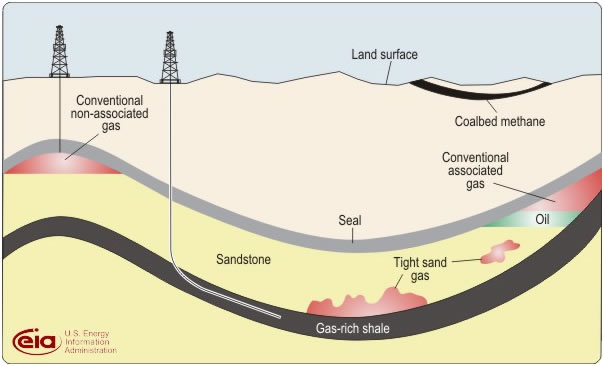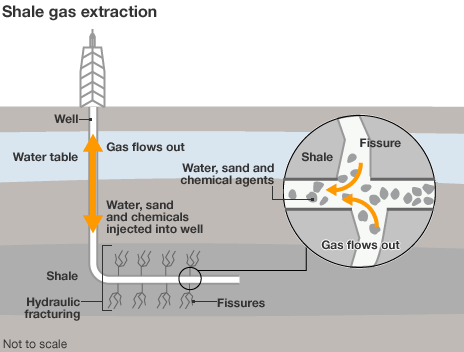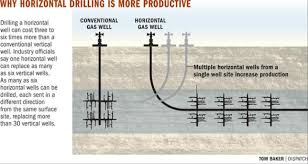7667766266
enquiry@shankarias.in
What is shale?
How is it formed?

What is Hydraulic fracturing?

What is Horizontal drilling?
